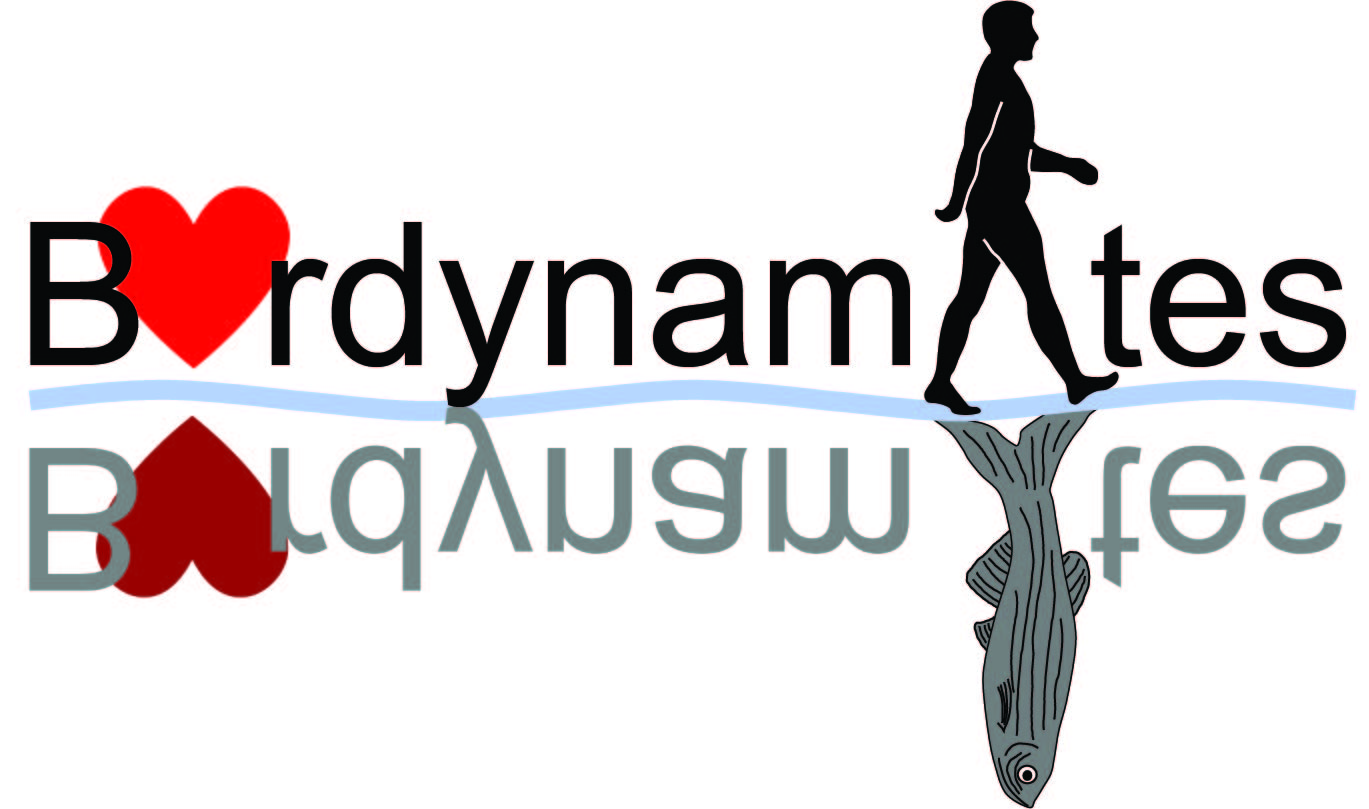Quantitative differences in tissue surface tension influence zebrafish germ layer positioning.
Type
This study provides direct functional evidence that differential adhesion, measurable as quantitative differences in tissue surface tension, influences spatial positioning between zebrafish germ layer tissues. We show that embryonic ectodermal and mesendodermal tissues generated by mRNA-overexpression behave on long-time scales like immiscible fluids. When mixed in hanging drop culture, their cells segregate into discrete phases with ectoderm adopting an internal position relative to the mesendoderm. The position adopted directly correlates with differences in tissue surface tension. We also show that germ layer tissues from untreated embryos, when extirpated and placed in culture, adopt a configuration similar to those of their mRNA-overexpressing counterparts. Down-regulating E-cadherin expression in the ectoderm leads to reduced surface tension and results in phase reversal with E-cadherin-depleted ectoderm cells now adopting an external position relative to the mesendoderm. These results show that in vitro cell sorting of zebrafish mesendoderm and ectoderm tissues is specified by tissue interfacial tensions. We perform a mathematical analysis indicating that tissue interfacial tension between actively motile cells contributes to the spatial organization and dynamics of these zebrafish germ layers in vivo.

